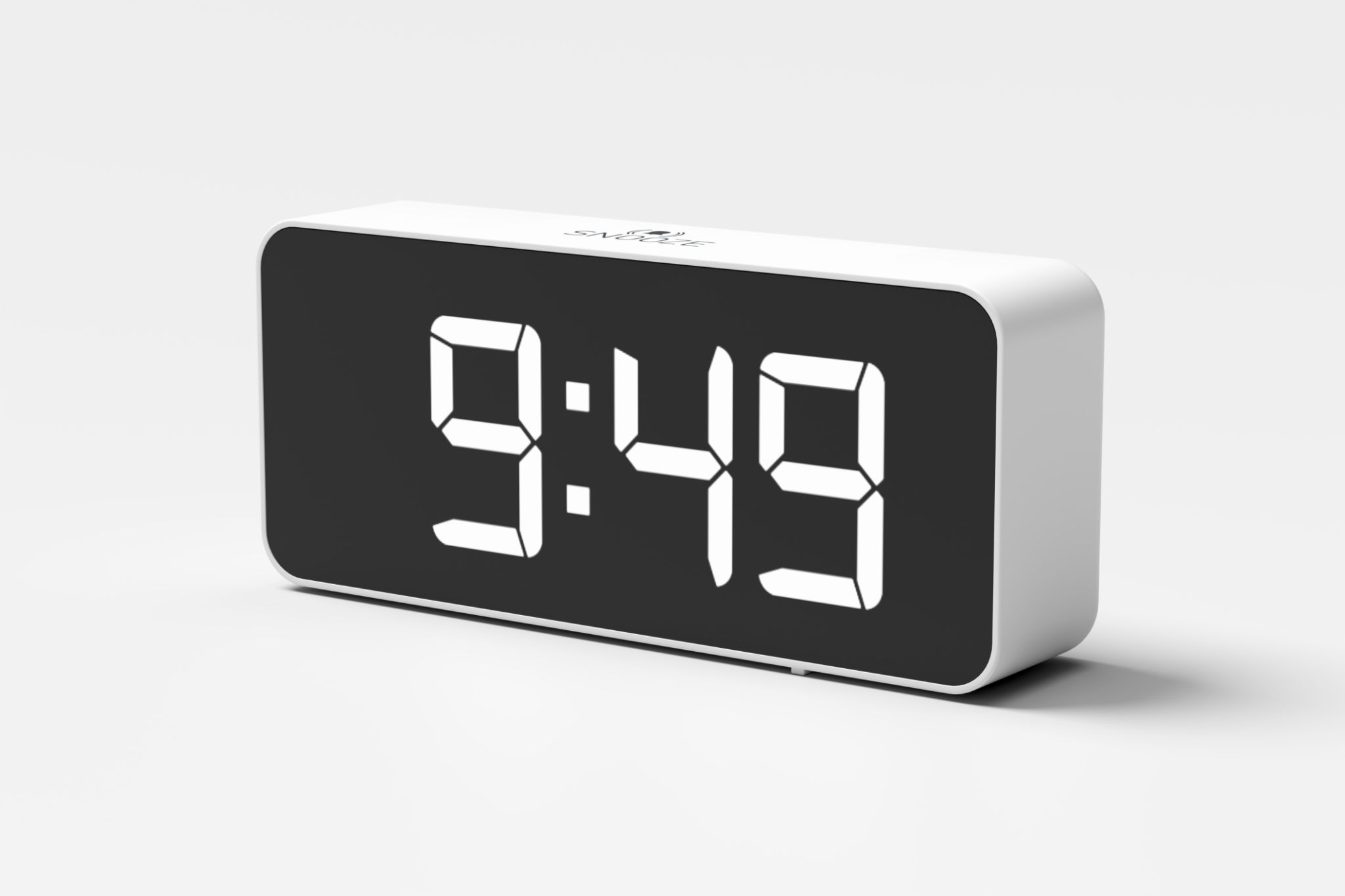Understanding the Differences Between Analog and Digital Clocks: A Comprehensive Guide
Introduction to Clocks
Clocks have been an integral part of human civilization, helping people measure and manage time effectively. Over the years, clocks have evolved significantly, with two primary types dominating the market today: analog and digital clocks. While both serve the fundamental purpose of timekeeping, they differ in design, functionality, and even the way we interact with them.

Understanding Analog Clocks
An analog clock is a traditional timekeeping device that features a circular dial with hour and minute hands. The face of an analog clock is typically marked with numbers from 1 to 12, representing hours, and smaller markers for minutes.
Analog clocks are often praised for their classic and elegant design. They can be found in various settings, from homes and offices to public spaces and schools. The sweeping motion of the hands provides a visual representation of time's passage, which many find intuitive and calming.
Mechanics of Analog Clocks
Analog clocks can be powered by different mechanisms, such as:
- Mechanical: These rely on gears and springs, requiring manual winding.
- Quartz: These use a battery and a quartz crystal to keep accurate time.
- Atomic: Highly precise, using atomic vibrations for timekeeping.

Exploring Digital Clocks
Digital clocks represent time in numerical form, usually through an LED or LCD display. They are known for their accuracy and ease of reading, displaying time in hours, minutes, and sometimes seconds.
Digital clocks are often preferred for their modern look and precision. They are commonly used in devices like smartphones, computers, and digital watches. Many digital clocks also offer additional features like alarms, timers, and backlighting for readability in low-light conditions.
Advantages of Digital Clocks
Some of the benefits of digital clocks include:
- Easy to read from a distance.
- No need for manual winding or adjustment.
- Additional functionalities like date display and temperature readings.

Comparing Analog and Digital Clocks
The choice between analog and digital clocks often comes down to personal preference and specific needs. Analog clocks are cherished for their aesthetic value and traditional charm, whereas digital clocks are favored for their functionality and precision.
When selecting a clock, consider where it will be used. For example, an analog clock might add a touch of sophistication to a living room, while a digital clock could be more practical in a workspace or kitchen where quick readability is crucial.
Choosing the Right Clock for You
Deciding between an analog and digital clock depends on your lifestyle and preferences. If you value aesthetics and tradition, an analog clock might be the best fit. On the other hand, if you prioritize functionality and modern features, a digital clock could be more suitable.
Ultimately, both types of clocks have their unique advantages. Whether you choose an analog or digital clock, each offers its own way of keeping you connected to time.
Conclusion
The differences between analog and digital clocks highlight the diverse ways we can approach timekeeping. Understanding these variations can help you make informed decisions about which type of clock best suits your needs, ensuring that you stay punctual in style.